Grid-Tie System
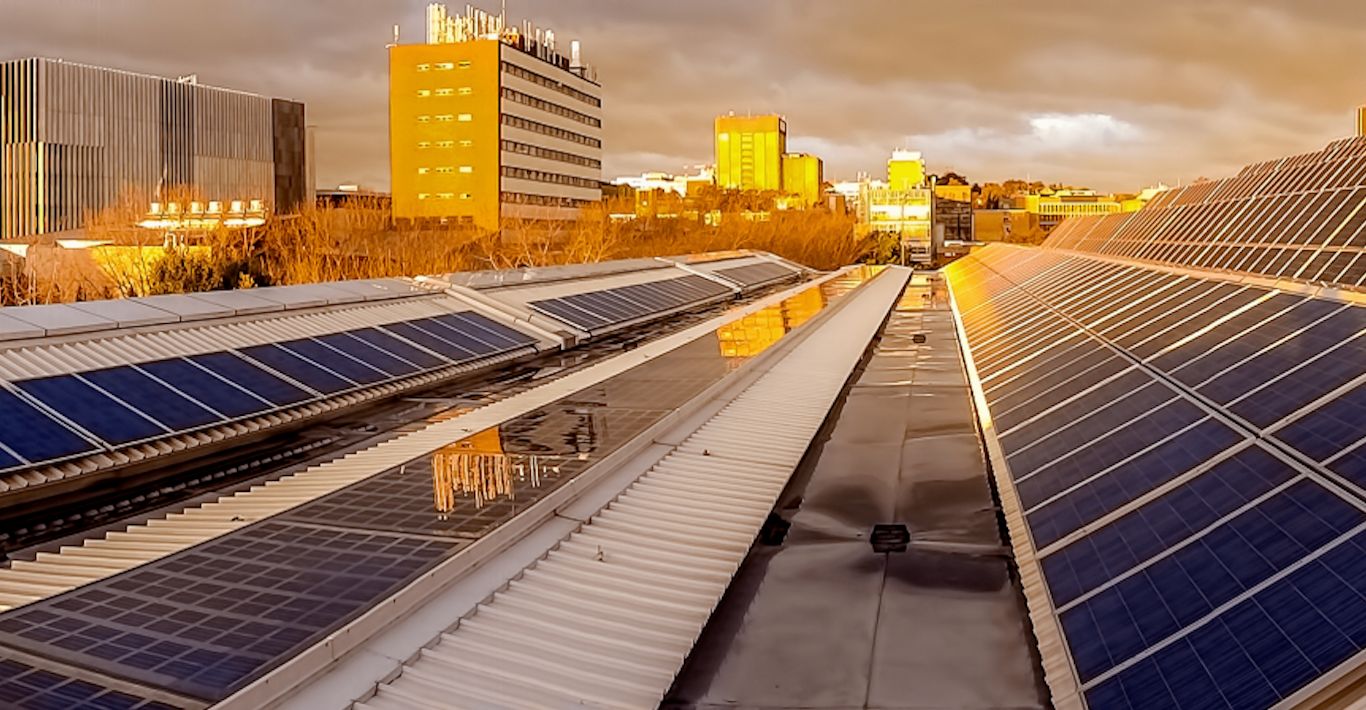
HOW IT WORKS
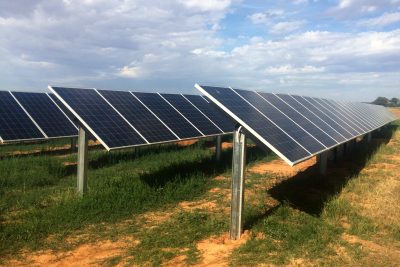
Roof-Mounted System
Ground-Mounted System
Net-Metering
Gross-Metering
Post-Mounted System
Carport System
Single-Axis Tracking
Dual-Axis Tracking
Solar Hybrid System
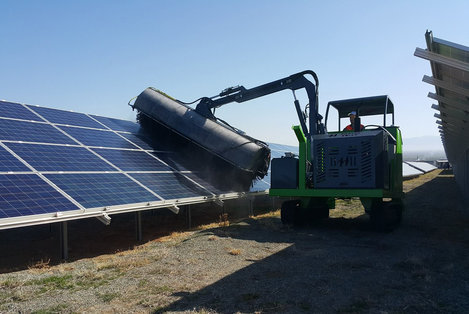
Solar Cleaning System
Energy Management System
Mounting Structure
Lithium Battery System
VRLA Battery System
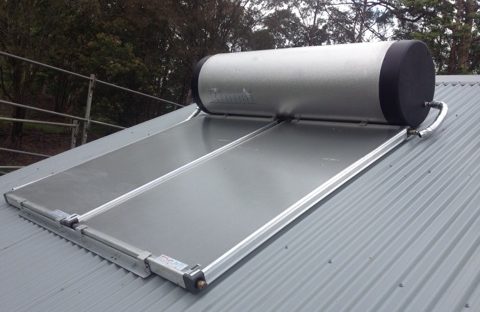
Solar Hot Water System
Active Open Loop System
Active Close Loop System
Evacuated Tube System
Flat Plate System
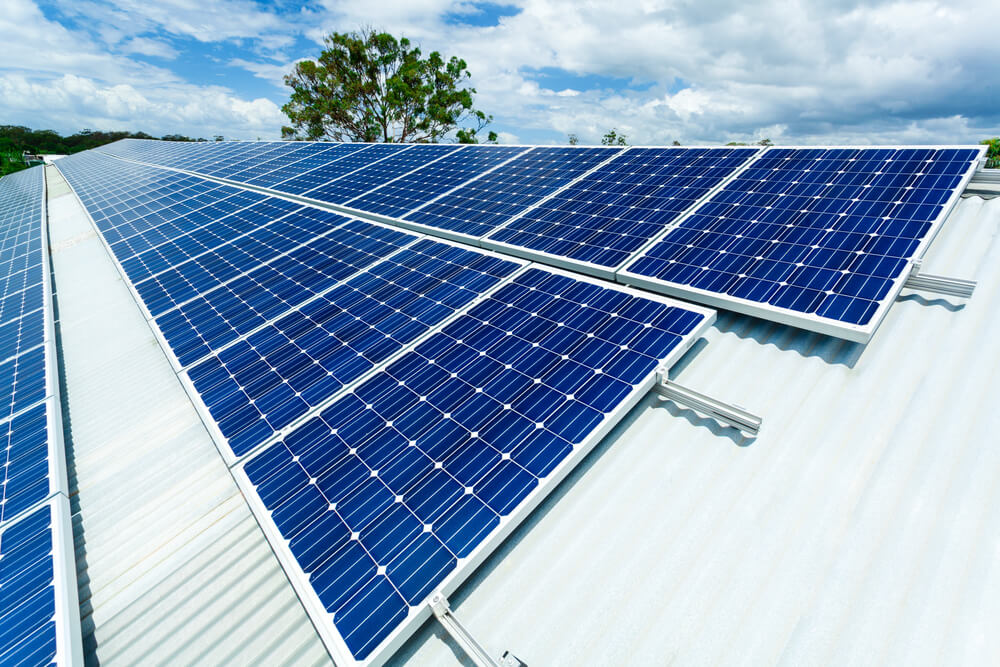
What is a Grid-Tie System?
A grid-tied solar panel system is simply a solar energy system that is connected to the electrical grid and, therefore, uses electricity from both the solar panel system and the electrical grid. Because of this, a grid-tied solar system doesn’t have to meet all of the electricity demands of the home.
If needed, the home can draw energy from the grid at times (such as on cloudy days or at night) when solar panels are not producing at full efficiency. Likewise, if more energy than is needed is generated by the solar panels of one home, that excess energy will be fed into the grid for use elsewhere.

Benefits: Reliability
Solar panel systems are not perfect. There are bound to be days when efficiency is not what it could be and the system doesn’t produce enough. However, many of your daily (and nightly) activities will continue to require the use of electricity.
Unlike off-grid systems which may run out of power, grid-tied solar systems are less likely to leave you in the dark at inopportune times. If the power generated from your solar panel system is less than optimal, extra energy will be pulled from the grid. The grid essentially acts as a backup for your solar energy system.
Less energy is wasted as a result and the efficiency of your solar power system goes up. Except in the event of a power outage, you will always have access to electricity during any time of day, as long as your system is connected to the grid.

Benefits: Costs
To function properly, off-grid solar energy systems require more specialized equipment that gets expensive quickly. Clearly, less equipment generally means lower installation and maintenance costs. This happens to be the case with most grid-tied systems. Since the power grid functions as a battery for your system, you not only don’t have to pay for batteries, you do not have to pay for the maintenance that is involved with those batteries.

Benefits: Gross-Metering
This type of metering measures the generation and import of your electricity separately. By metering the total number of solar units of generated and total number of units consumed, this method allows the utility to charge the customers separately for import, generation and net consumption and if required, even at different rates. This is imposed by having two separate meters or using dual metering
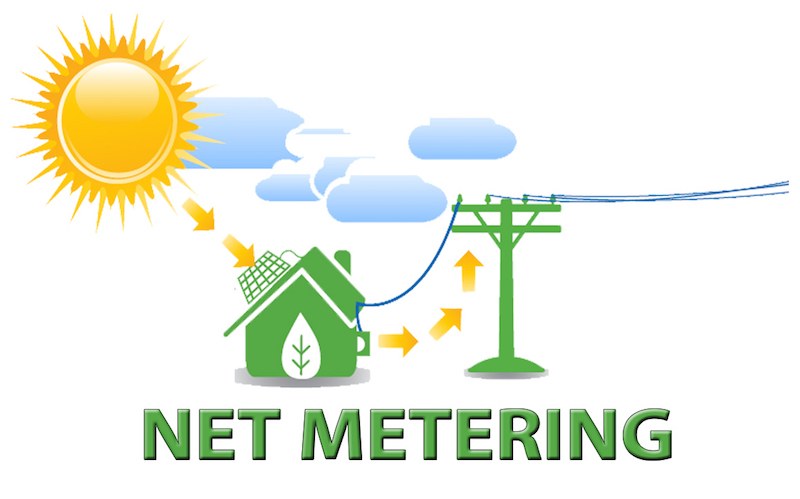
Benefits: Net-Metering
The key concept to understand about a grid-tied system is that it gives you the ability to feed power to the grid during the day, when you may be producing excess energy, and to use the grid supply at night. Net metering is a billing process that credits the owners of grid-tied systems when they produce more energy than the home needs.
Because grid-tied homes are usually net-metered, the power meter tracks this exchange between your solar system and the grid. Excess energy generation leads to your power meter spinning backward rather than forward, thus giving you a credit. The credit can be used to offset payments for future power usage
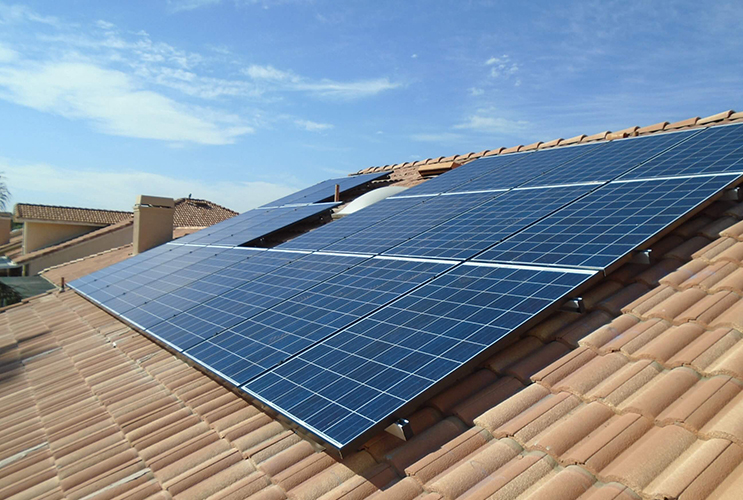
Roof-Mounted Systems
A roof mounted solar system can range from small 2KW systems to large megawatt systems. The solar panels are lightweight and can be installed on any roof style. Roof mounted systems come with up to a 25 year production warranty.
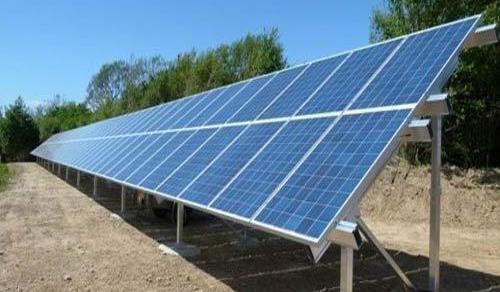
Ground-Mounted Systems
A ground-mounted solar system is an alternative for owners who have roof issues or open property. Ground-mounted systems are designed to make the most of the available space and sunlight while remaining easy to maintain. These systems are designed to withstand all wind up-lift zoning requirements and come with a 25 year production warranty.
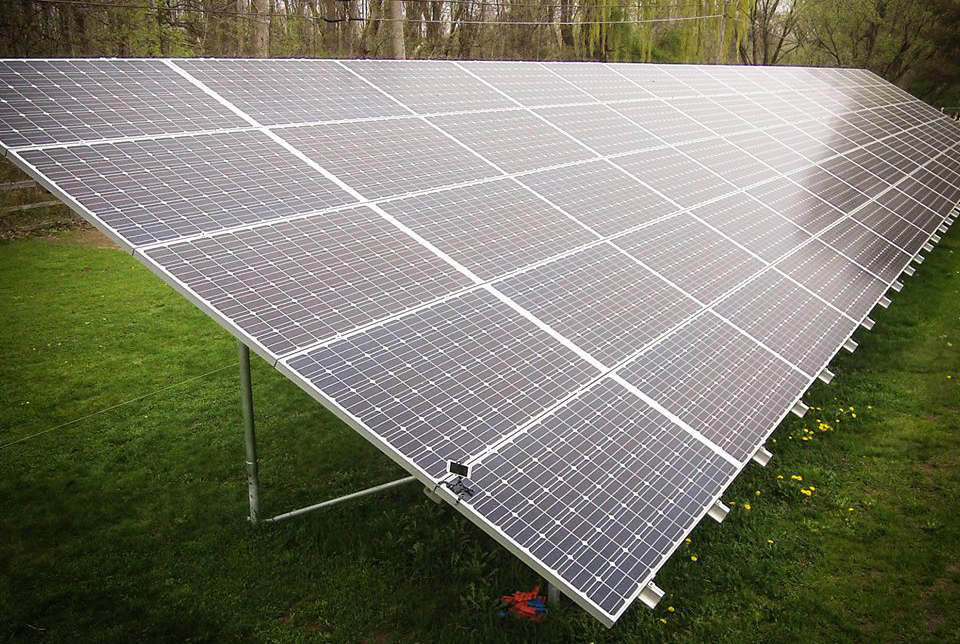
Post-Mounted Systems
Pole-mounted solar systems allow for homes, farms, or businesses to generate electricity in highly visible and efficient locations without shading or directional issues. Pole-mount systems are placed on a fixed platform and positioned to capture optimal sunlight. Unlike roof-mounted systems, a pole-mount solar system does not involve any building attachment and is a highly beneficial, low cost option for owners with minimal roof or land space.
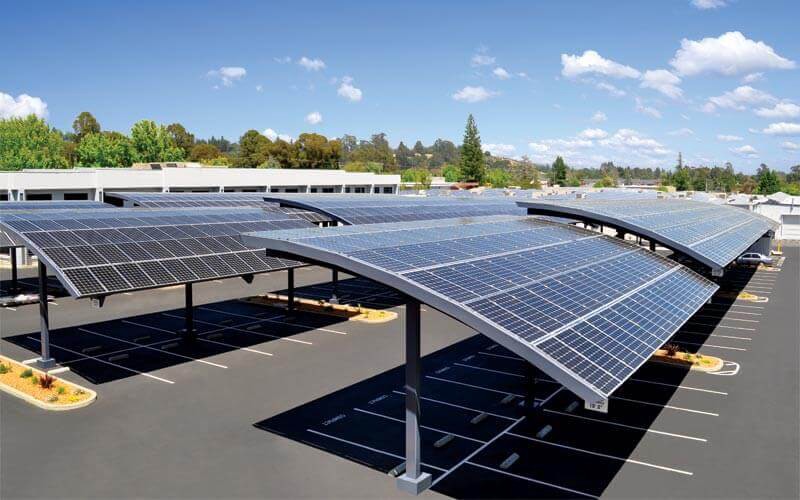
Carport Systems
A carport or trellis solar system is a viable solution for the residential or commercial business owner looking to take advantage of solar power without sacrificing valuable parking, or large portions of expensive real estate. New carport or trellis structures can be custom built or existing carports can be modified to provide shaded or covered parking. Custom-designed solar carport or trellis systems require virtually no maintenance and allow the panels to be positioned for optimal energy production.

Tilted Single Axis Tracking Systems
Tilted single axis trackers offer optimal efficiency and solar tracking capabilities by tracking the sun throughout the day. The motors in the single axis trackers move with the earth’s orbit allowing 20% more power to be captured than a fixed solar array.
Dual Axis Tracking Systems
A dual-axis tracker can produce 30% more electricity than stationary solar arrays. This is achieved because the array follows the daily movement of the sun from east to west, as well as its change in altitude through the seasons. Although the initial cost of a dual axis tracking system can be higher than a stationary system, the dual axis tracker produces more electricity making it possible to use fewer panels to provide the same amount of electricity. Dual axis trackers can also be a viable solution for property owners that prefer not to cover large portions of their land with ground mounted solar arrays.
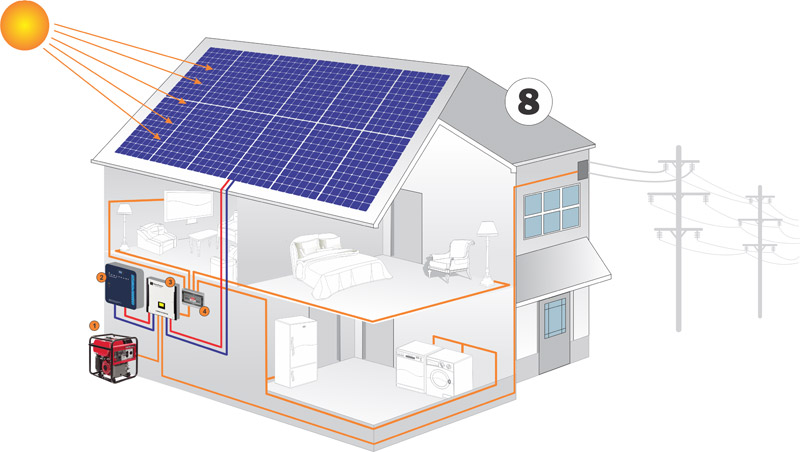
Solar Hybrid Systems
Utilization of battery backup as a tertiary source of power benefits the owner when there is unavailability of the secondary source of power i.e. the grid.
Cleanliness is next to Godliness
Maintenance is a vital part of PV system. It ensures peak productivity with minimum investment.

Modern Technology
Automated sprinklers set off at set time & date to clean your modules thus maintaining steady high power output.
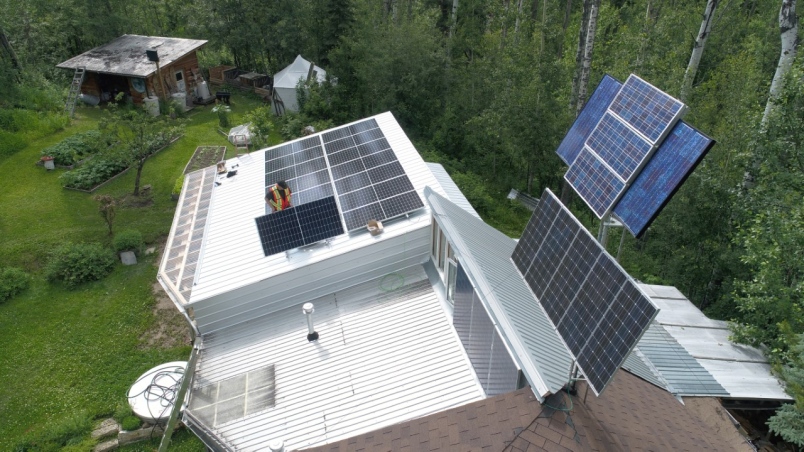
Facilitating easy O & M
The key concept to understand about a grid-tied system is that it gives you the ability to feed power to the grid during the day, when you may be producing excess energy, and to use the grid supply at night. Net metering is a billing process that credits the owners of grid-tied systems when they produce more energy than the home needs.
Because grid-tied homes are usually net-metered, the power meter tracks this exchange between your solar system and the grid. Excess energy generation leads to your power meter spinning backward rather than forward, thus giving you a credit. The credit can be used to offset payments for future power usage
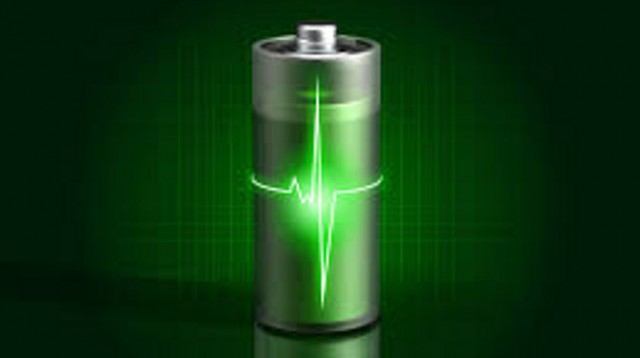
Lithium Ion Technology
Capable of high depth of discharge, Lithium Ion batteries are the ideal backup solutions for your PV systems.
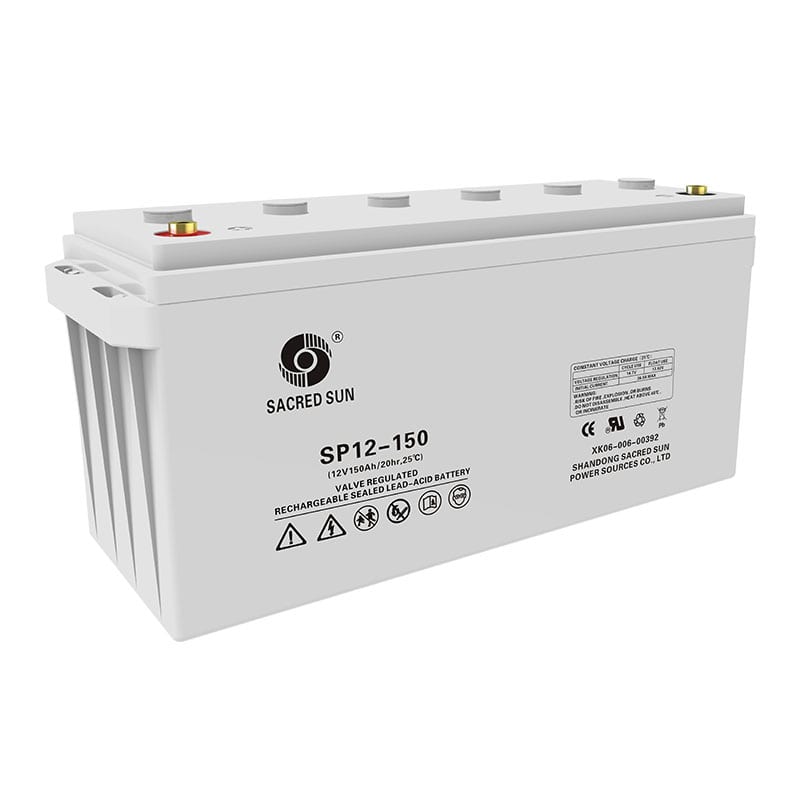
VRLA Technology
Possessing more power density than the lead-acid batteries, Lithium Ion are the future of battery backup systems.
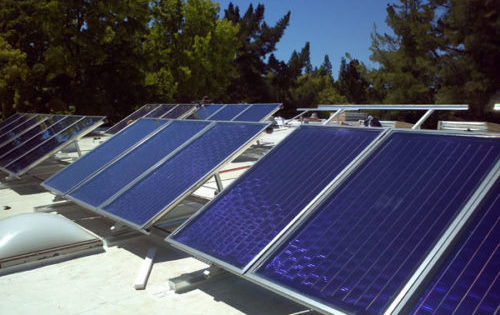
The System
Solar Water Heating systems are designed to deliver hot water for most of the year. SWH is the conversion of sunlight into renewable energy for water heating using a solar thermal collector. Solar water heating systems comprise various technologies that are used worldwide increasingly.
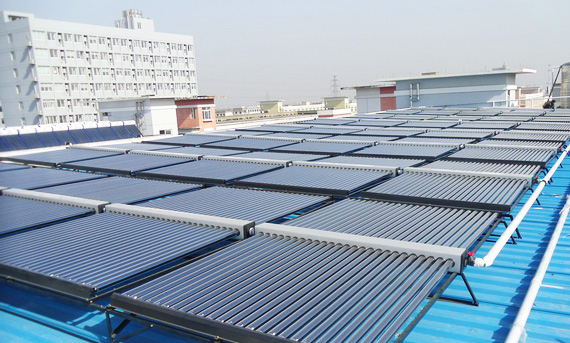
Active Open Loop System
In a “close-coupled” SWH system the storage tank is horizontally mounted immediately above the solar collectors on the roof. No pumping is required as the hot water naturally rises into the tank through thermo siphon flow. In a “pump-circulated” system the storage tank is ground- or floor-mounted and is below the level of the collectors; a circulating pump moves water or heat transfer fluid between the tank and the collectors.

Active Close Loop System
The minimum requirements of the system are typically determined by the amount or temperature of hot water required during winter, when a system’s output and incoming water temperature are typically at their lowest. The maximum output of the system is determined by the need to prevent the water in the system from becoming too hot.

Evacuated Tube Collector System
In a “close-coupled” SWH system the storage tank is horizontally mounted immediately above the solar collectors on the roof. No pumping is required as the hot water naturally rises into the tank through thermo siphon flow. In a “pump-circulated” system the storage tank is ground- or floor-mounted and is below the level of the collectors; a circulating pump moves water or heat transfer fluid between the tank and the collectors.
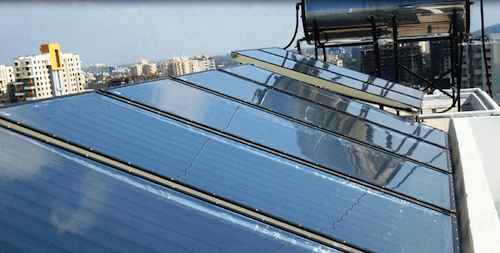
Flat Plate Collector System
The minimum requirements of the system are typically determined by the amount or temperature of hot water required during winter, when a system’s output and incoming water temperature are typically at their lowest. The maximum output of the system is determined by the need to prevent the water in the system from becoming too hot.
